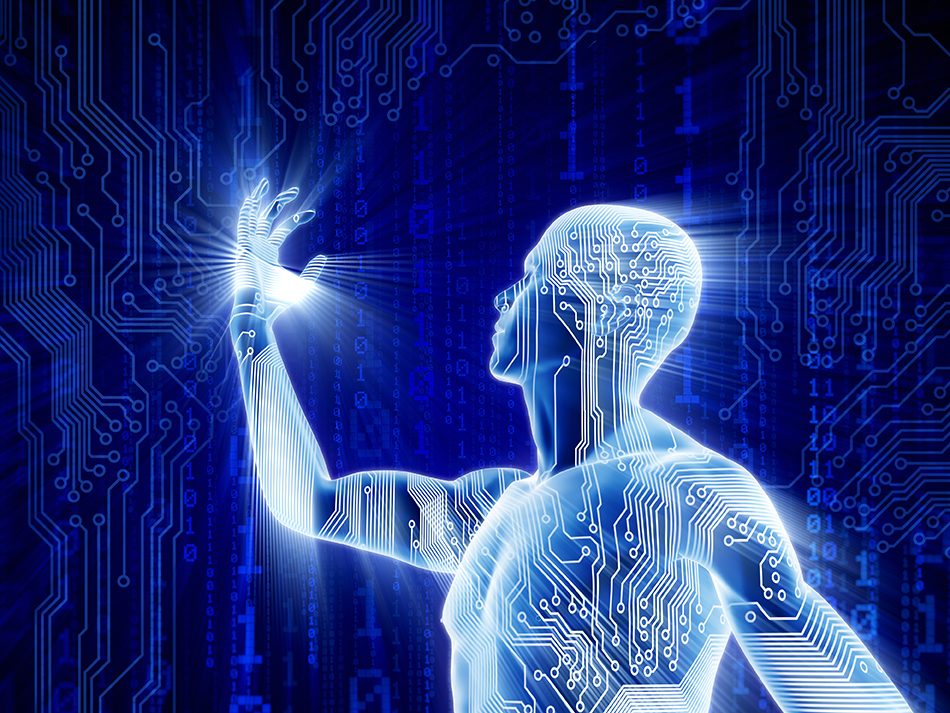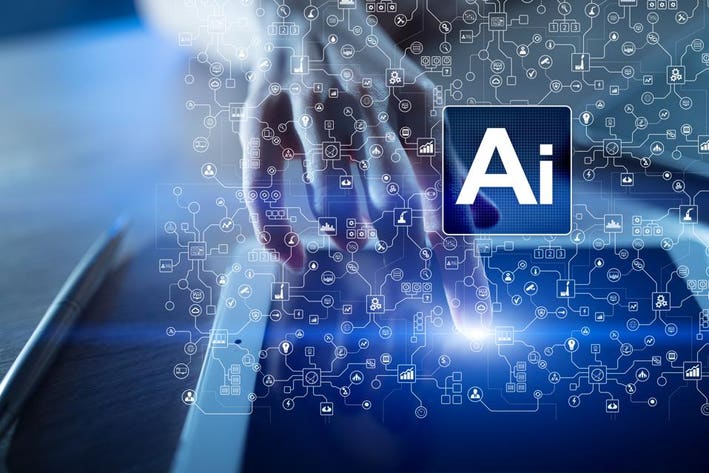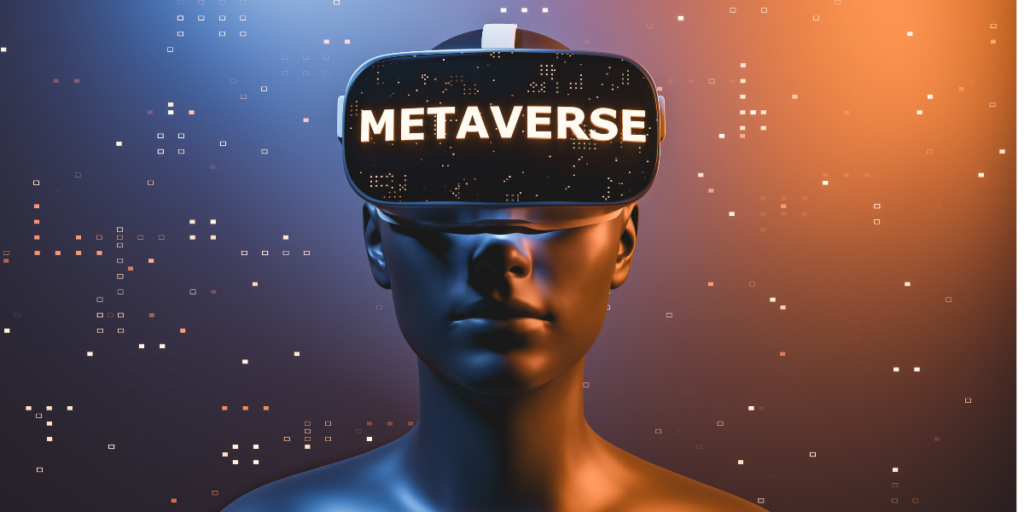Technological Advancements
Enter the dynamic realm where technology intertwines with our security, shaping a future beyond imagination. In this exploration, we uncover the transformative power of technological innovations, from AI’s pervasive influence to the metaverse blurring virtual and reality. Join us in unraveling the positive impact of technology on global education, inclusive practices, and sustainable food supply. Navigate the evolution of robotics and autonomous systems, witnessing machines becoming more human. Progress through the articles as we delve into Web3 advancements, green technologies, and the force for good that technology embodies. The horizon of human security is expanding and at the core of it all. Technological advancements propel us into a future of unprecedented possibilities.
Positive Influence: Technology as a Force for Good
In an innovative environment, technology emerges not simply as a tool, but as a transformational force for good. This section investigates the numerous ways in which technology improves human security and well-being. From breakthroughs in healthcare that enhance medical diagnoses and treatment to the accessibility of information and communication through digital platforms, technology catalyzes positive change.
Furthermore, we delve into the role of technology in disaster response and management, facilitating rapid and effective interventions. Whether it’s utilizing data analytics to predict and mitigate natural disasters or employing communication. Technologies to coordinate relief efforts, the positive impact of technology on crisis response is undeniable.
Additionally, technology acts as an empowering force for marginalized communities, providing platforms for advocacy, education, and economic opportunities. As we progress through this section, the reader gains insights into the ways technology acts. As a force for good, elevating human security and fostering a more inclusive and empowered global society.
Closing Educational Disparities Globally
This section explores how technology acts as a powerful equalizer in global education, narrowing disparities and fostering accessibility. In a world where knowledge is key, technology serves as a bridge across geographical and economic divides.
Digital platforms enable remote learning, reaching students in underserved regions and offering educational resources previously out of reach. Technology enhances worldwide learning through online courses, interactive tutorials, and e-books, narrowing the educational opportunity gap.
Furthermore, the spread of mobile devices and internet connectivity has transformed education, giving students rapid access to information and collaboration tools. Virtual classrooms and e-learning platforms provide a dynamic and interactive learning environment that breaks down traditional barriers.
As we progress through this section, the reader gains insights into the transformative impact of technology on education, witnessing how it becomes a catalyst for global progress by ensuring that knowledge knows no bounds or borders.
Mass Inclusion: Technology’s Role in Accessibility

This section investigates how technology acts as a catalyst for mass inclusion, breaking down boundaries and making the world more accessible to various groups. Technology, from advances in assistive technology to the design of user-friendly interfaces, plays an important role in ensuring that everyone, regardless of skills or limits, may participate actively in the digital sphere. Technology is essential in guaranteeing that everyone, regardless of abilities or limits, may actively engage in the digital sphere. One notable area is the development of inclusive design practices in software and hardware. These practices prioritize creating products and services that are usable by individuals with varying needs, ensuring a seamless and equitable user experience.
Furthermore, we explore the impact of technology in facilitating communication for individuals with hearing or speech impairments. Technology, ranging from text-to-speech programs to video conferencing tools with real-time captioning, allows persons with varying communication needs to fully participate in many aspects of life.
Readers will have a greater understanding of how technology may be leveraged to become a powerful force for mass inclusion, enabling a future in which diversity is not simply acknowledged but actively embraced in the digital realm by the end of this section.
Revolutionizing Food Supply: Technology’s Sustainable Impact
In this section, we examine how technology revolutionizes the global food supply chain, playing a crucial role in ensuring sustainability and security. Technology integration transforms conventional methods, from precision agriculture techniques to the development of modern farming technologies.
Precision agriculture optimizes crop yields, reduces waste, and has a low environmental effect by utilizing data analytics, sensors, and GPS technology. Smart farming solutions, such as automated machinery and drones, increase agricultural efficiency and productivity. Additionally, technology contributes to sustainable food production through advancements in alternative protein sources, vertical farming, and aquaponics. These advances handle the world’s expanding food needs while reducing the environmental impact of traditional farming methods.
As we progress through this part, readers will get an understanding of the revolutionary impact of technology on the food supply chain, emphasizing its role in constructing a more sustainable and resilient global food system.
AI’s Pervasive Influence

Artificial Intelligence (AI) has evolved from a concept in science fiction to a pervasive force shaping our daily lives. This section explores the widespread integration and influence of AI across various domains, showcasing its transformative impact on human security.
In healthcare, AI applications contribute to early disease detection, personalized treatment plans, and efficient medical diagnostics. The ability of AI algorithms to analyze vast datasets enables healthcare professionals to make more informed decisions, leading to improved patient outcomes.
AI is also prevalent in the realm of cybersecurity, where machine learning algorithms enhance threat detection and response capabilities. The proactive aspect of AI in detecting and mitigating cyber attacks is critical in protecting sensitive data and digital infrastructure.
Furthermore, AI-powered technologies benefit areas like finance, education, and customer service by reducing procedures and increasing user experiences. Chatbots, recommendation systems, and predictive analytics are just a few examples of artificial intelligence (AI) applications that have become commonplace in our increasingly linked society. As we move through this section, readers will obtain a thorough knowledge of how AI’s pervasive influence is transforming industries and advancing human security in various facets of our life.
Metaverse Unveiled: Blurring Virtual and Reality

This section explores the emerging concept of the metaverse and its potential impact on our tangible world. The metaverse represents a collective virtual shared space where users, through augmented and virtual reality, engage in immersive experiences. As technology advances, parts of the metaverse are transitioning from virtual realms into our lived reality.
Technologies such as virtual reality (VR) and augmented reality (AR) are merging the digital and physical worlds. Virtual reality (VR) and augmented reality (AR) technologies are fusing the digital and physical worlds. Beyond entertainment, the metaverse holds promises for education, collaboration, and even commerce. Virtual classrooms, collaborative workspaces. And virtual marketplaces are emerging as tangible components of the metaverse, transforming how we learn, work, and interact.
This part guides the reader through the metaverse’s changing terrain, offering insight on its existing applications and the potential it has to reshape our experience of reality. The borders between the virtual and the real are dissolving as portions of the metaverse become more palpable, ushering in a new era of interconnected experiences.
Web3 Advancements: The Next Frontier
This section explores the progress in Web3 technologies, representing the next frontier in the evolution of the internet. Web3 is characterized by decentralized and user-centric principles, leveraging blockchain technology to redefine how we interact and transact online.
Blockchain, the foundational technology of Web3, introduces decentralized and tamper-resistant ledgers, ensuring transparency and security in various applications. Smart contracts are self-executing contracts with the terms of the agreement directly written into code. Automate and enhance trust in digital transactions.
Decentralized finance (DeFi) platforms, a subset of Web3, revolutionize traditional financial systems by providing open and accessible financial services. Peer-to-peer transactions, loans, and decentralized exchanges are among the financial innovations that are transforming the landscape.
Furthermore, Web3 introduces the concept of decentralized applications (DApps). Which run on blockchain networks and help to create a more equal and censorship-resistant digital environment. The shift toward user-controlled data and identity is another key aspect of Web3, empowering individuals with greater control over their online presence.
As we navigate through this section, readers gain insights into the transformative potential of Web3 technologies. Understanding how decentralized principles can reshape the internet and redefine the user experience more democratically and securely.
Humanizing Robotics: The Evolution of Machines

This section delves into the evolving nature of robotics and the remarkable progress in making machines more human-like in their capabilities and interactions. Humanizing robotics goes beyond mere functionality. Aiming to create machines that can understand, interact, and assist in a way that aligns with human needs and preferences.
Robots with improved cognitive capacities are being developed thanks to developments in artificial intelligence and machine learning. These robots are capable of observing their environment, making decisions based on data, and continuously learning and adapting to new information. Humanoid robots that appear and interact like people are becoming increasingly intelligent. Humanoid robots, which are designed to look and interact like humans, are becoming more intelligent. From assisting in healthcare tasks to offering companionship and support, these robots showcase the potential of merging technology with human-like qualities.
Additionally, social robots, equipped with emotional intelligence and communication skills, are being integrated into various settings. These robots can engage in conversations, and recognize emotions. And provide social support, making them valuable companions in both professional and personal spheres.
As readers navigate through this section, they gain insights into the transformative impact of humanizing robotics. Understanding how these advancements shape the future of human-machine interactions and contribute to the evolution of technology as a facilitator of human well-being.
Progress in Autonomous Systems
This section explores the remarkable progress in autonomous systems, highlighting the advancements that are reshaping industries and daily life. Autonomous systems, devoid of human interference, have demonstrated their worth throughout multiple fields of study.
In the transportation industry, autonomous vehicles are quickly developing and offering safer and more effective modes of transportation. These systems use cutting-edge technology including sensors, machine learning, and powerful algorithms to navigate and adapt to their environments. They include self-driving automobiles, autonomous drones, and delivery vans. Beyond transportation, autonomous systems are used in industry, agriculture, and healthcare, among other sectors. Robotics equipped with autonomy can perform intricate tasks with precision and reliability, contributing to increased productivity and efficiency.
Conclusion
Our journey through the technological landscape has unveiled a tapestry of advancements that transcend imagination. From the positive influence of technology as a force for good to closing global educational gaps and ensuring mass inclusion, the impact on human security is profound. The revolution in sustainable food supply, the pervasive influence of AI. And the emergence of the metaverse signifies a future shaped by innovation. Progress in Web3, green technology, and the humanization of robotics further underscore the transformative power of technology. As we witness the evolution of autonomous systems, it becomes evident that technology is not just a tool but a dynamic force reshaping industries and human experiences. In this interconnected era. The potential for positive change is boundless, and the fusion of technology. With human values propel us toward a future where innovation becomes synonymous with a safer, more inclusive, and sustainable world.

